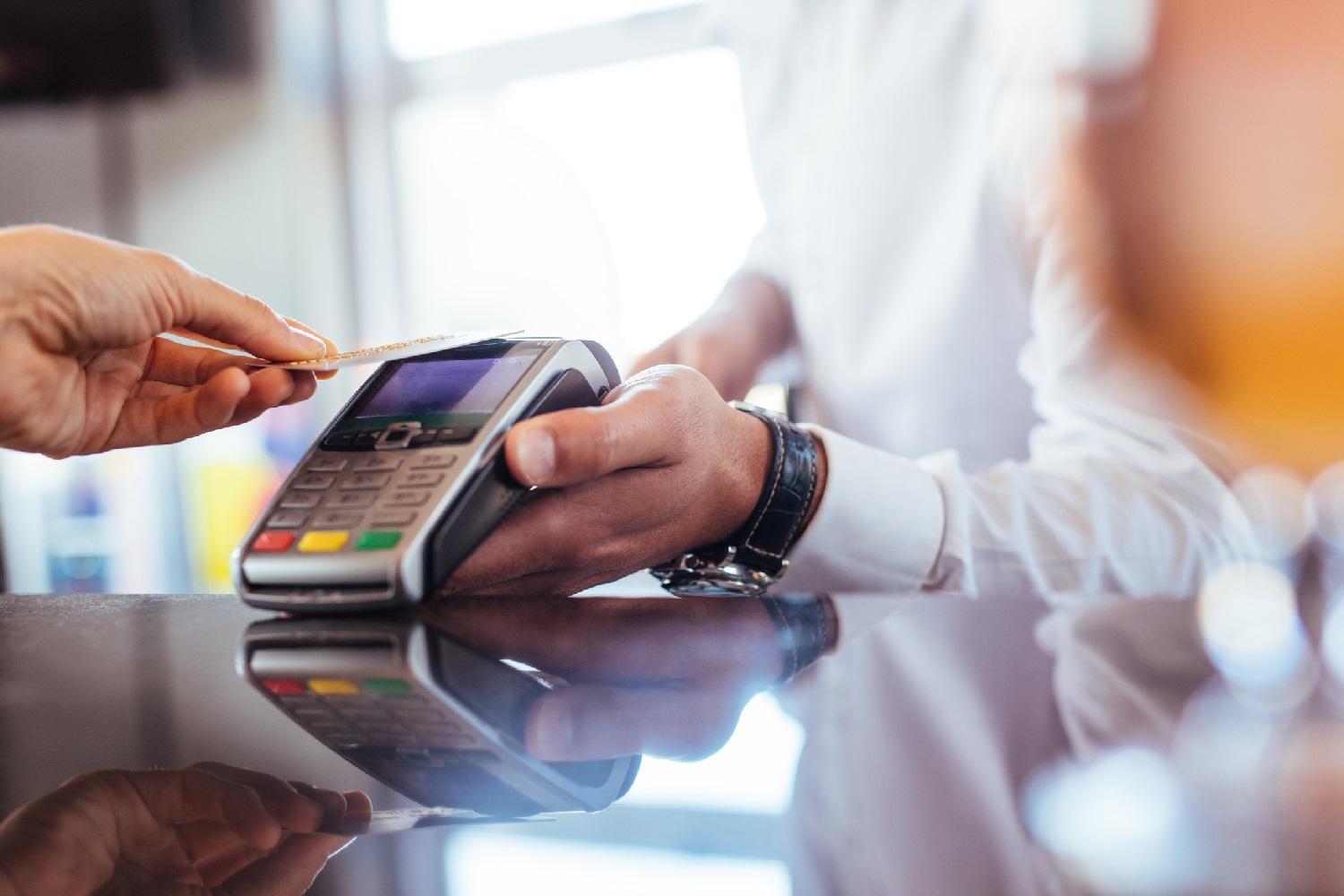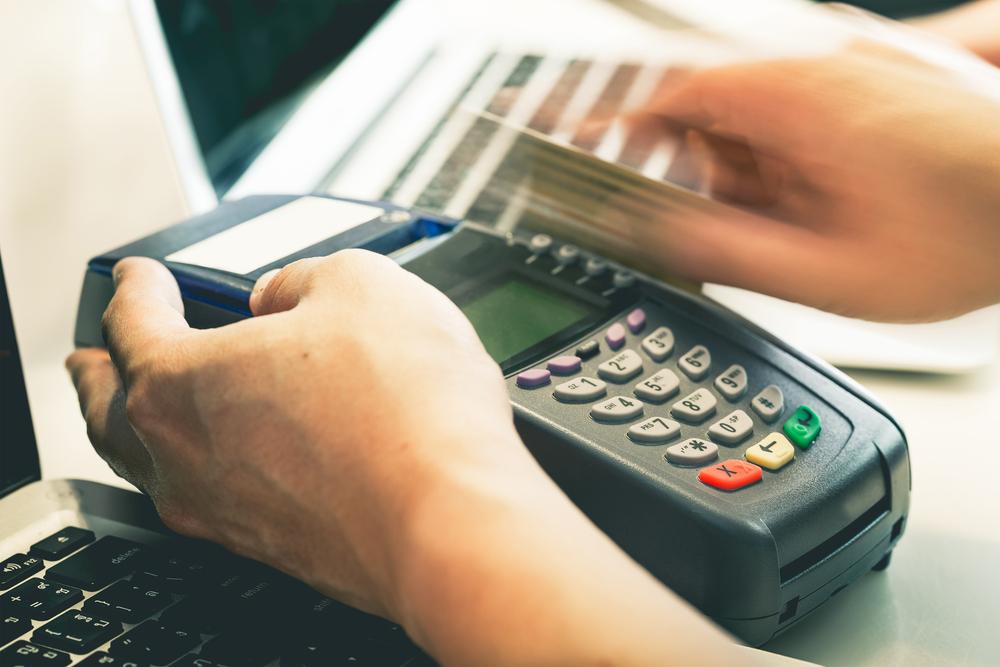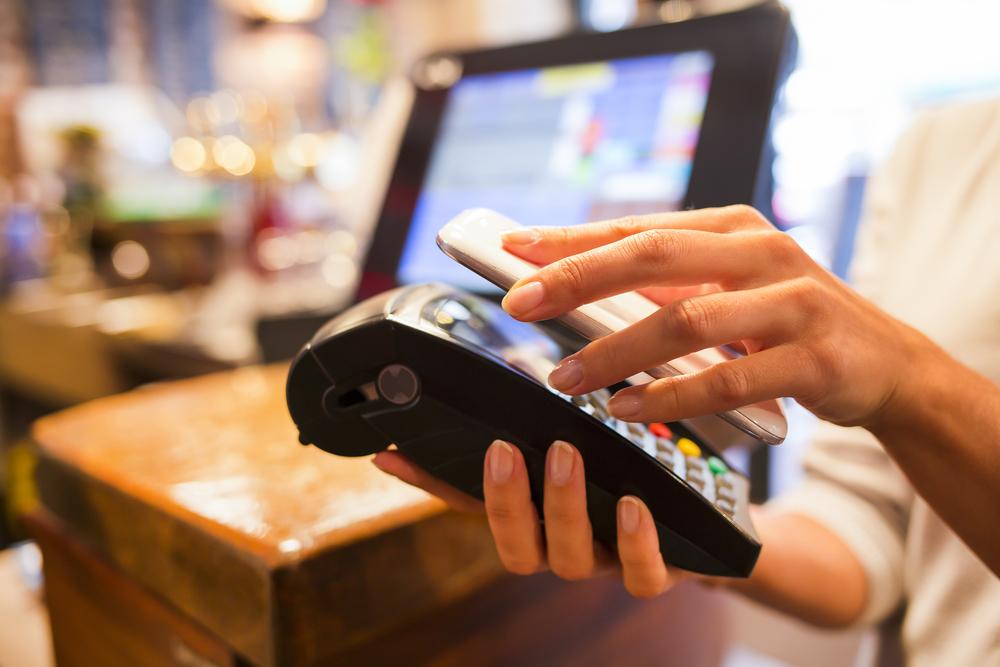Business News Daily provides resources, advice and product reviews to drive business growth. Our mission is to equip business owners with the knowledge and confidence to make informed decisions. As part of that, we recommend products and services for their success.
We collaborate with business-to-business vendors, connecting them with potential buyers. In some cases, we earn commissions when sales are made through our referrals. These financial relationships support our content but do not dictate our recommendations. Our editorial team independently evaluates products based on thousands of hours of research. We are committed to providing trustworthy advice for businesses. Learn more about our full process and see who our partners are here.
What Businesses Need to Know About Venmo
Should your business accept Venmo? Here's what you need to know about this payment method.

Table of Contents
Venmo makes it easy to split a check with a friend or even pay back your roommate for your share of the rent. But Venmo isn’t just a peer-to-peer payment app; it’s a major part of the B2C world as well. In fact, PayPal Holdings Inc., which owns Venmo, has made the platform an acceptable payment method on nearly every mobile site where PayPal is accepted.
If your small business is looking for an alternative to PayPal, it’s worth examining what Venmo can add to your company. Below, we break down everything you need to know about Venmo, from how it works to frequently asked questions.
What Venmo is and how it works
Venmo is a mobile banking app where customers can link a credit or debit card and send money to friends and businesses. Once a payment is complete, it appears on an overall feed and a user’s feed, unless they’ve changed their privacy settings. This allows users to easily track their payments, just as they would with mobile banking apps, and to like and comment on friends’ payments.
Venmo offers many features for businesses, most notably instant payments and a social presence. But, just like with credit card processing and other online payment processors, there is a fee for merchants: 1.9% plus 10 cents per transaction. [Learn more about credit card processing for small businesses.]
Venmo’s best business features
Small business owners are jumping on the Venmo bandwagon for good reason. We interviewed a few entrepreneurs and checked out Venmo’s business features ourselves. Based on our research, here’s the best of what Venmo offers companies.
Online integration
Because it integrates easily with e-commerce platforms, Venmo is a great way for online retailers to drive sales. It provides a familiar, easy-to-use payment method that younger customers are already comfortable with.
“We decided [to use] Venmo … after a few customers asked and told us they were more comfortable using Venmo versus using their card to swipe,” said Raeka Morar, founder of Raeka Beauty. “Venmo is easy, fun and safe. Clients feel protected and comfortable not having to share their credit card [or] debit card data with online stores.”
Venmo is also ideal for limited sales at a storefront where an expensive POS system isn’t necessary. Tyler Browne, the owner of To the Cloud Vapor Store, said that while Venmo accounts for only about 1% of his store’s sales, it’s a vital tool for in-store purchases.
“We are primarily an e-commerce store, but our SEO gives us many local customers who will pop up at our office,” he said. “Rather than turn them away or install a pricey POS for a small amount of transitions a month, we just use Venmo.” [Related guide: How to Understand and Use POS Systems]
Speed
The biggest draw for both customers and businesses is how quickly users can transfer money to their banks. The business version of Venmo provides instant transfers, allowing companies to receive money and issue payments on the same day.
Sarah Zurell, former executive vice president of peer-to-peer parking service Pavemint, told us that a lot of Pavemint’s clients use Venmo because it is quick, easy and familiar.
“Venmo has allowed Pavemint to provide our hosts – those renting parking spaces – a payout option that many of them use already,” Zurell said. “Venmo is also faster than paying hosts via their bank accounts.”
Venmo’s speed is also advantageous for business owners who need to pay freelancers. Zack Bates, CEO of Private Club Marketing, which has an established network of freelance photographers and videographers around the nation who collaborate on projects to promote private members’ clubs, said that most of these freelancers are millennials who want to be paid as soon as possible, so he transitioned from PayPal to Venmo. [Follow our tips for marketing to millennials.]
“Venmo offers an instant solution for us to accommodate their requests and get projects turned around fast,” Bates said. “We work on projects all over North America, [and] it makes it so much easier for us to get vendors paid for … To not have to mail checks and cut checks and deal with reordering or ordering those through our banks, it allows us to access a much bigger network of freelancers.”
Effortless marketing
When customers complete purchases through Venmo, the sale is visible to their friends’ networks, making them potential ambassadors for your brand. In other words, the feed is essentially free marketing for your company. Unless their settings are private, every time a client pays you on Venmo, all their followers and friends will know they support your business. The Venmo feed creates digital word of mouth, which research has repeatedly shown is the best way to land new customers.
Connection to customers
Venmo’s comment and like features give businesses the opportunity to interact with customers. You can break down barriers and encourage clients to interact with your company through the social-style platform.
“The social media features on Venmo are great,” Morar said. “When we can engage our clients and interact, they feel more comfortable reaching out to us with questions and are more likely to purchase again.”
Indeed, Venmo’s social features can be a big draw for businesses. Josh Criscoe, former head of communications for Venmo and now senior director of corporate affairs at PayPal, said millions of Venmo users can view the social feed.
“Accepting Venmo payments allows a merchant to welcome Venmo’s millions of highly engaged users who love sharing their purchase activity on Venmo’s social feed, a powerful recommendation engine to other Venmo users,” he added.
Security
Venmo, much like PayPal, is serious about security. While some consumers may be wary of linking their bank accounts to an app, Browne said most of his millennial customers have no problem using it.
“The ones who use Venmo are younger customers who show up at our door and already have Venmo installed. They love it as we do. We tell older customers about it, and they are very skeptical. None of them download it and do not want their bank account hooked up to an app.”
But Criscoe said that Venmo is a safe and secure payment method, pointing out that it uses an encryption system to protect users and their sensitive data.
“As a service of PayPal Inc., Venmo has the benefit of [more than] 20 years of experience in payments security and fraud prevention. Personal and financial data is encrypted and protected on our secure servers to guard against unauthorized transactions.” [Learn more about this security measure in our small business guide to computer encryption.]
How to set up Venmo
Venmo with PayPal
If you already accept PayPal, you have the built-in option to accept Venmo payments on your business’s mobile website (it is available only on mobile sites right now). When you accept Venmo via PayPal, there will not be a Venmo button on your website. Instead, your customers will select “PayPal Checkout” and see the option to “pay with PayPal or pay with Venmo.” Customers can then choose to pay through their Venmo account, and if they do, they will receive a Venmo-branded receipt.
There is no additional fee if you accept Venmo payments through PayPal, and there isn’t any additional implementation to set it up. You’ll receive the same level of protection for payments you accept via Venmo as for those you accept directly via PayPal.
Venmo without PayPal
Venmo, like many other software-as-a-service (SaaS) products, is part of a massive ecosystem of interconnected products and brands. Because of that, Venmo’s setup instructions when you’re not integrating it with PayPal can be confusing at first.
To accept Venmo payments as a business without PayPal, you first need to get Braintree, another PayPal brand, and start the implementation process through that service. Think of Braintree as the engine and Venmo as the sleek body of the car: Braintree is the one actually processing the transaction, so you can’t accept Venmo without Braintree, much like a car can’t run without its engine.
Because of this web of products, before you even log in to Venmo to set up a business profile, you will be directed to check the Braintree compatibility list. This list explains customer requirements for the app, merchant requirements, processing fees and testing options, and allows you to view a replica of your Venmo integration before you go live. Once you’ve set it up, you can access Braintree and Venmo through a control panel. As with most other SaaS products, you can create different accounts to access that panel, allowing various employees to monitor and manage customer transactions.
FAQs about Venmo for business
Venmo has more than 75 million active users, but it's far from the only digital payment option. Digital wallets are numerous and multiplying. Below are three of the biggest names in the cashless world.
- Apple Pay: By far the giant in the industry, Apple Pay has more than half a billion users worldwide, according to Fortunly. If you keep your eyes open, you'll probably notice the Apple Pay logo at many of your favorite haunts. Find out how to accept Apple Pay at your business.
- Google Pay: Formerly Android Pay, Google Pay boasts 25 million active users in the U.S. alone, according to eMarketer. Google Pay is accepted in many brick-and-mortar stores as well as online ones.
- Zelle: The biggest direct competition to Venmo, thanks to its subscription size and peer-to-peer payment model, Zelle processed 1.8 billion payments in 2021.
Ross Mudrick, Sammi Caramela and Matt D’Angelo contributed to the writing and reporting in this article. Source interviews were conducted for a previous version of this article.













